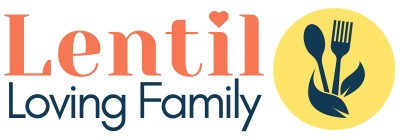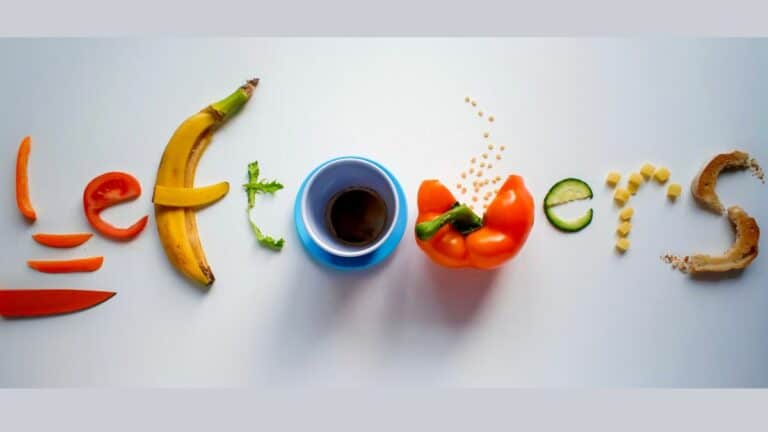15 Common Mistakes Beginners Make with Sourdough
Sourdough baking is a rewarding but intricate process that often involves a steep learning curve. Beginners might encounter a few hurdles along the way. Here are 15 common mistakes to watch out for as you embark on your sourdough journey, along with tips to avoid them.
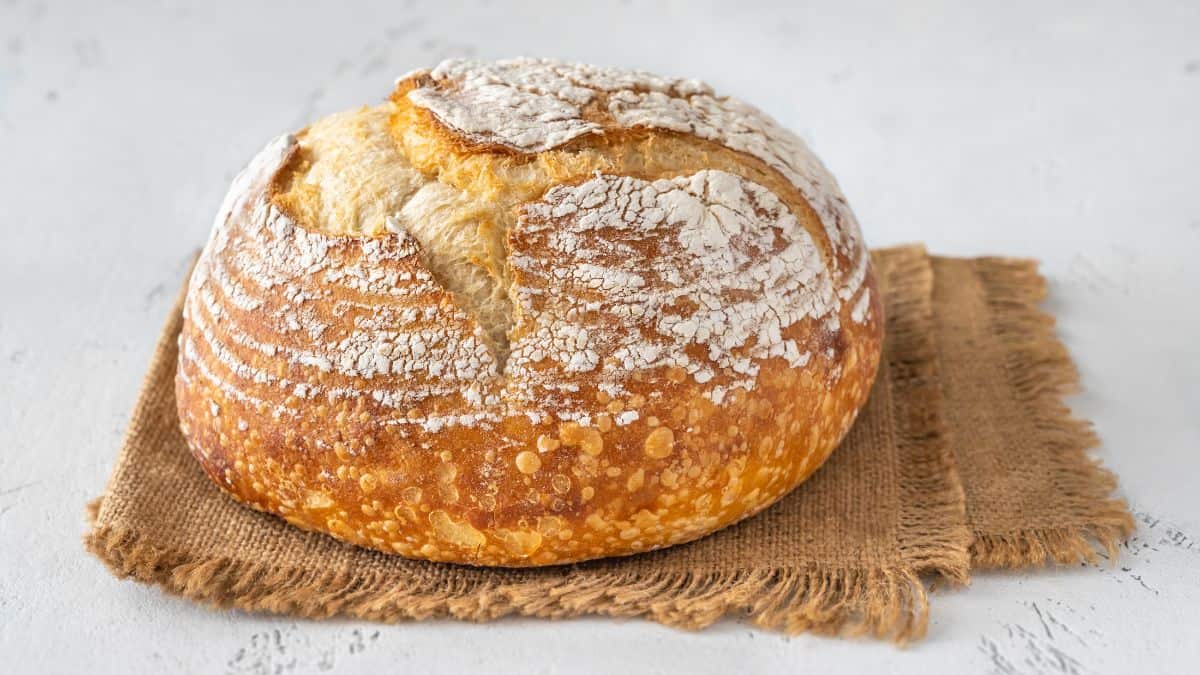
Neglecting Your Starter
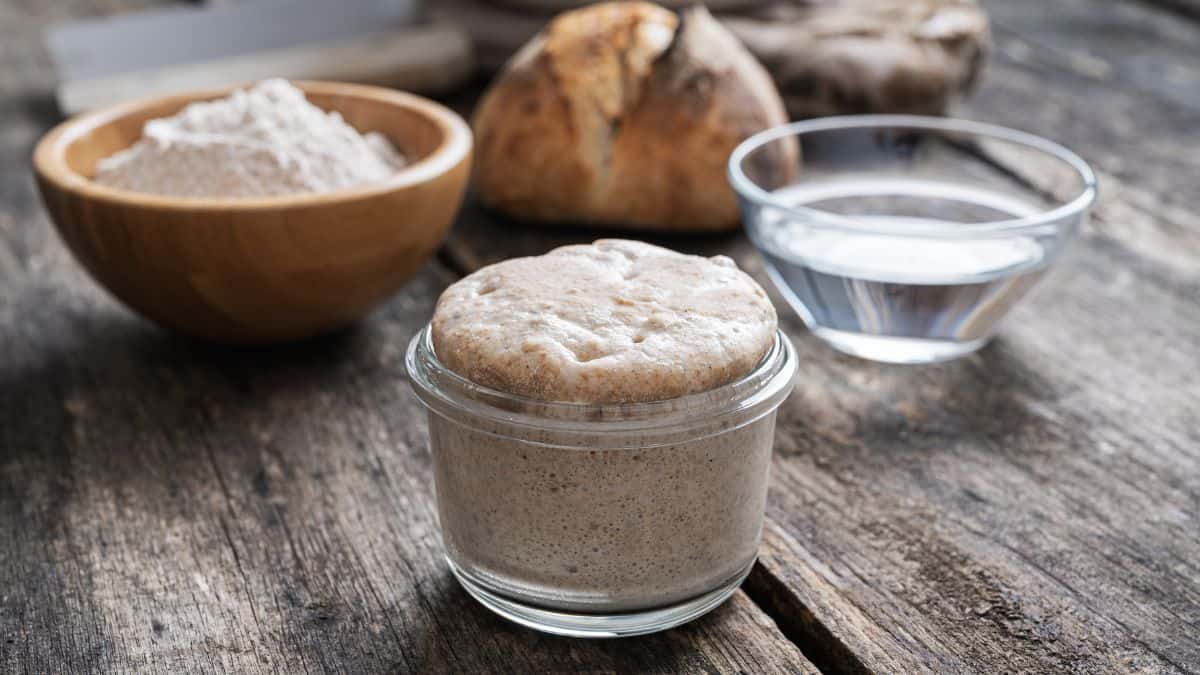
Your starter is the backbone of your sourdough bread. Failing to feed it regularly or not keeping it at the right temperature can lead to a weak or inactive starter. Make it a habit to feed your starter on a consistent schedule and store it properly to keep it active and bubbly.
Rushing the Fermentation Process
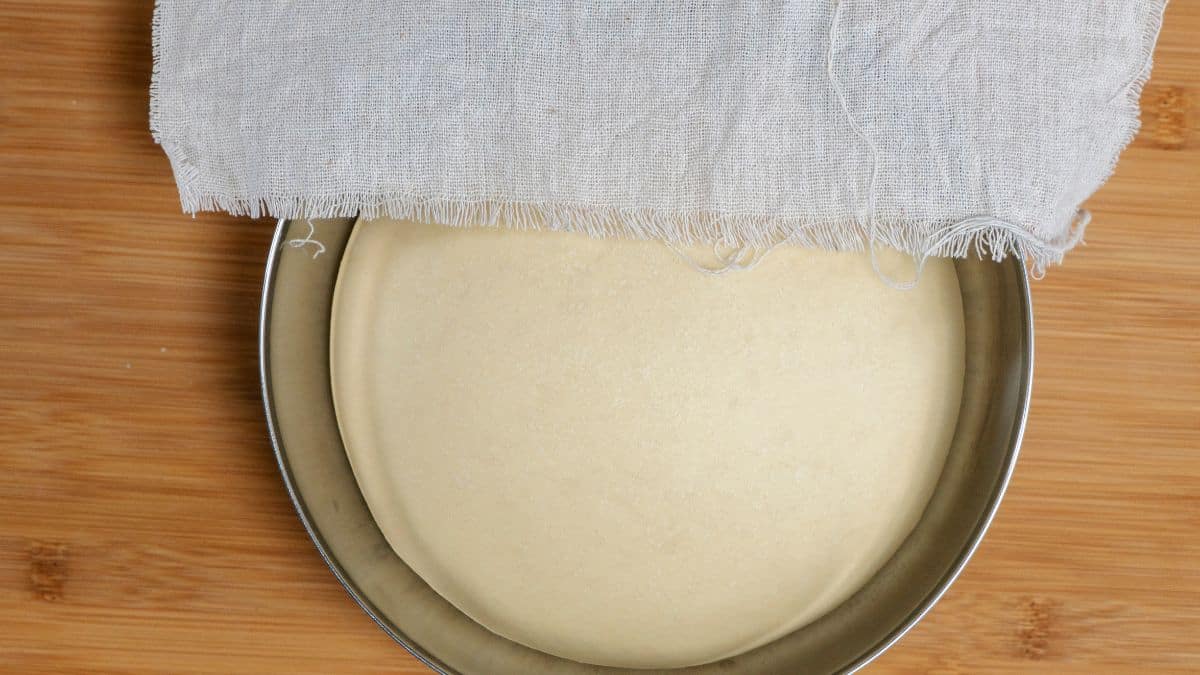
Sourdough needs time to develop its flavors and texture. Beginners often rush through the fermentation process, resulting in dense, under-proofed bread. Allow adequate time for both bulk fermentation and proofing to achieve the best results.
Using the Wrong Flour

Not all flours are created equal when it comes to sourdough. Using all-purpose flour instead of bread flour (which has a higher protein content) can result in less rise and a weaker structure. Opt for bread flour or a combination of bread and whole wheat flour for better results.
Overlooking Hydration Levels
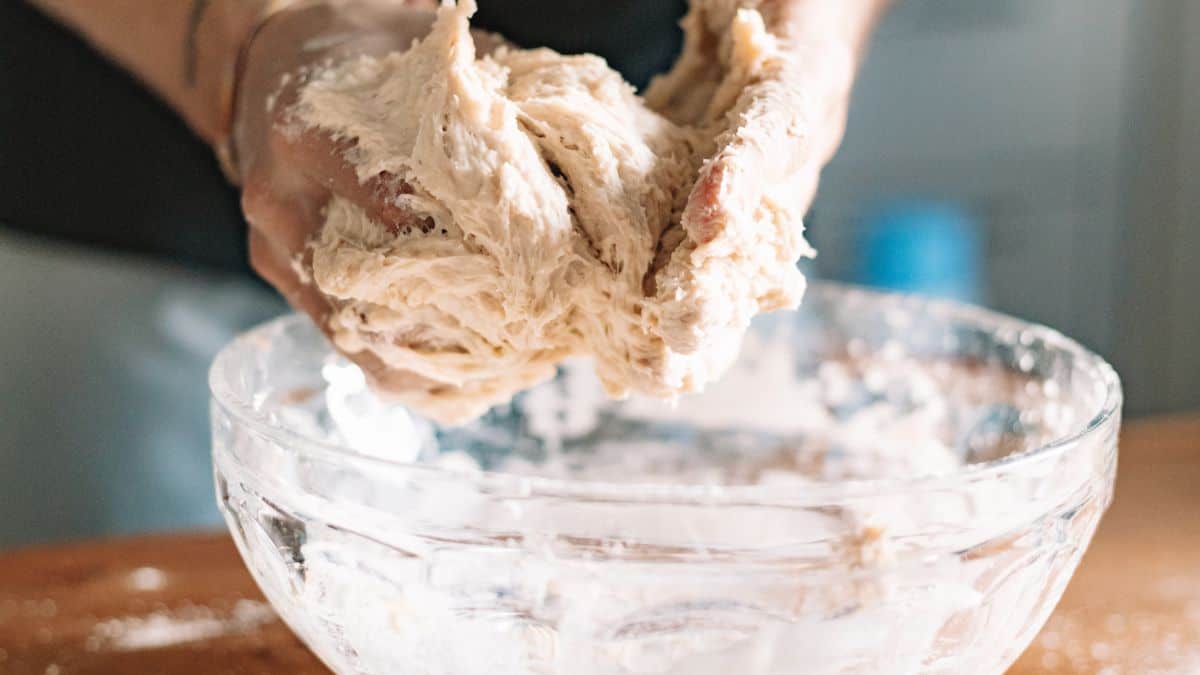
Hydration impacts the texture and handling of your dough. Beginners might struggle with sticky dough and add too much flour, leading to a dry loaf. Pay attention to your recipe’s hydration ratio and adjust as needed based on the dough’s feel.
Skipping the Autolyze Step
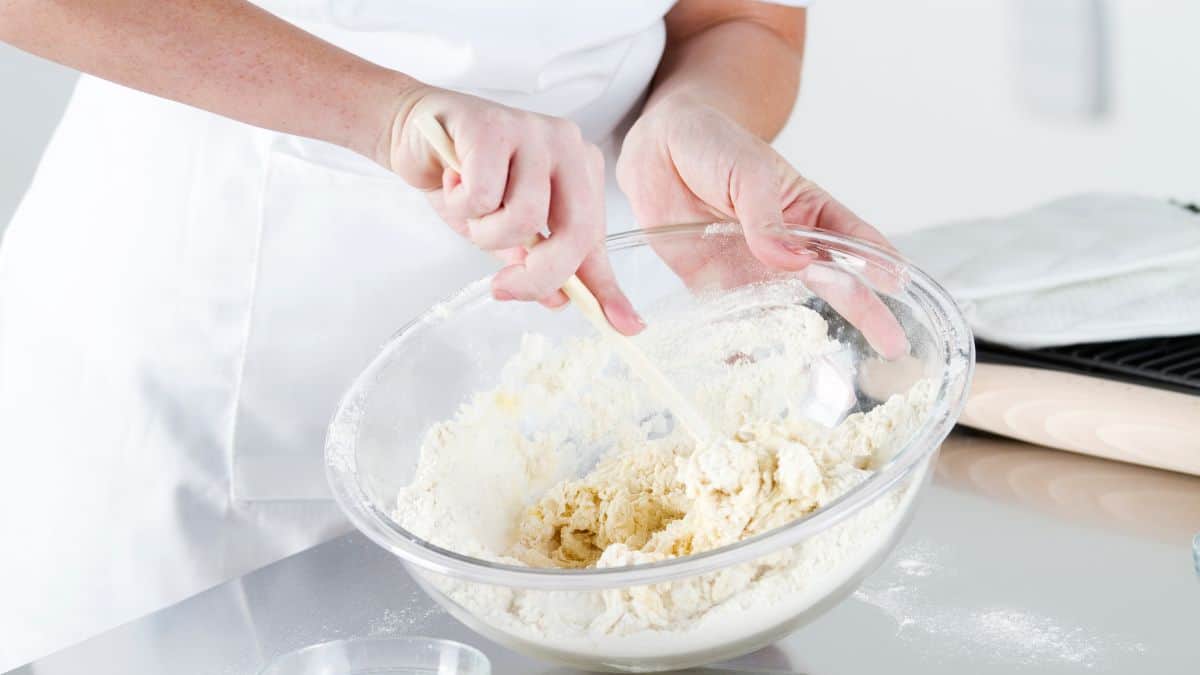
The autolyze step, where you mix flour and water and let it rest before adding the starter and salt, is crucial for gluten development. Beginners might skip this step, which can affect dough elasticity and overall loaf quality.
Not Scoring the Dough Properly
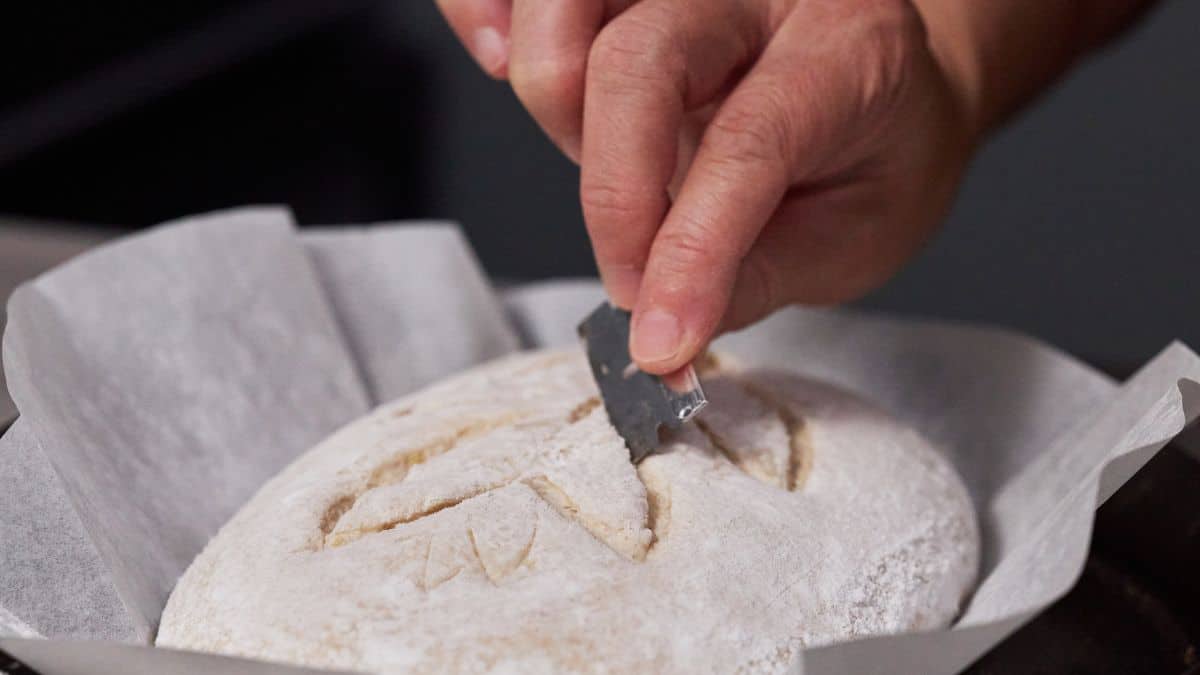
Scoring the dough allows for controlled expansion during baking. Beginners might score too shallowly or skip this step, resulting in misshapen loaves. Learn proper scoring techniques to ensure your bread rises evenly and develops a beautiful crust.
Baking at the Wrong Temperature

Temperature is key for a perfect sourdough loaf. Baking at too low a temperature can lead to an undercooked interior, while too high a temperature can burn the crust. Preheat your oven thoroughly and maintain a consistent temperature throughout the bake.
Ignoring Dough Feel
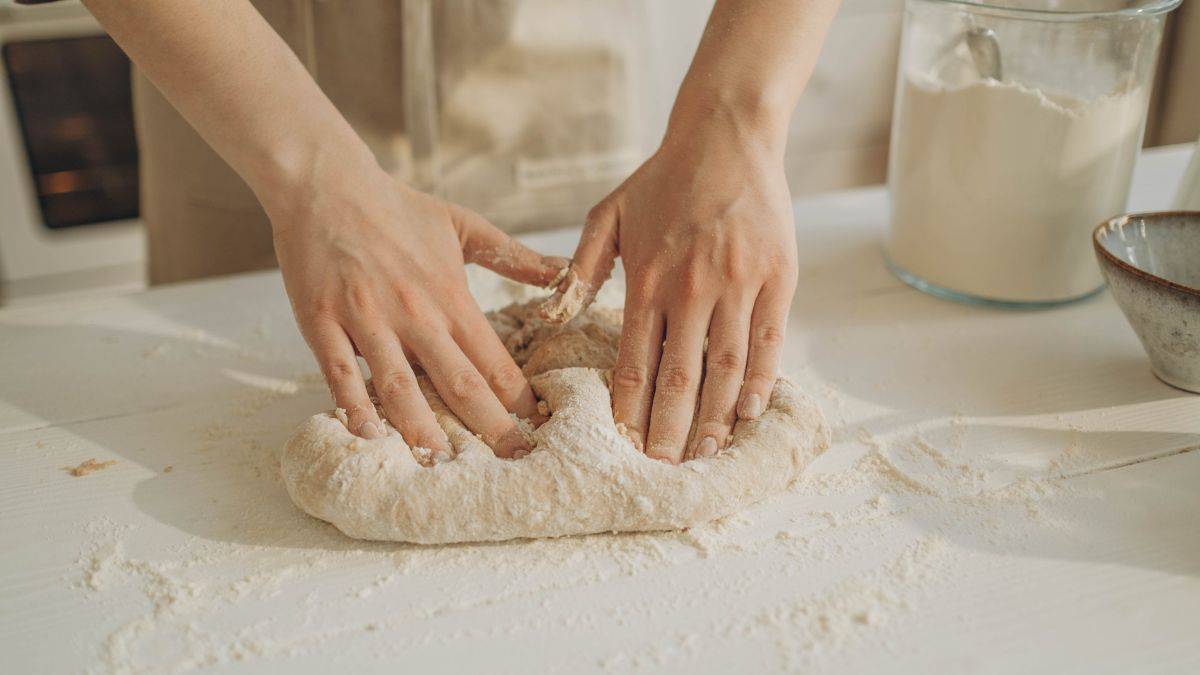
Sourdough baking is as much about intuition as it is about following a recipe. Beginners might rely too heavily on measurements and overlook the feel of the dough. Learn to adjust based on texture and stickiness to achieve the right consistency.
Forgetting to Steam the Oven

Steam helps develop a crisp, crackly crust and allows the dough to expand properly. Beginners might neglect this step, resulting in a hard, dry crust. Use a pan of water or a spray bottle to add steam to your oven.
Not Using the Right Proofing Container
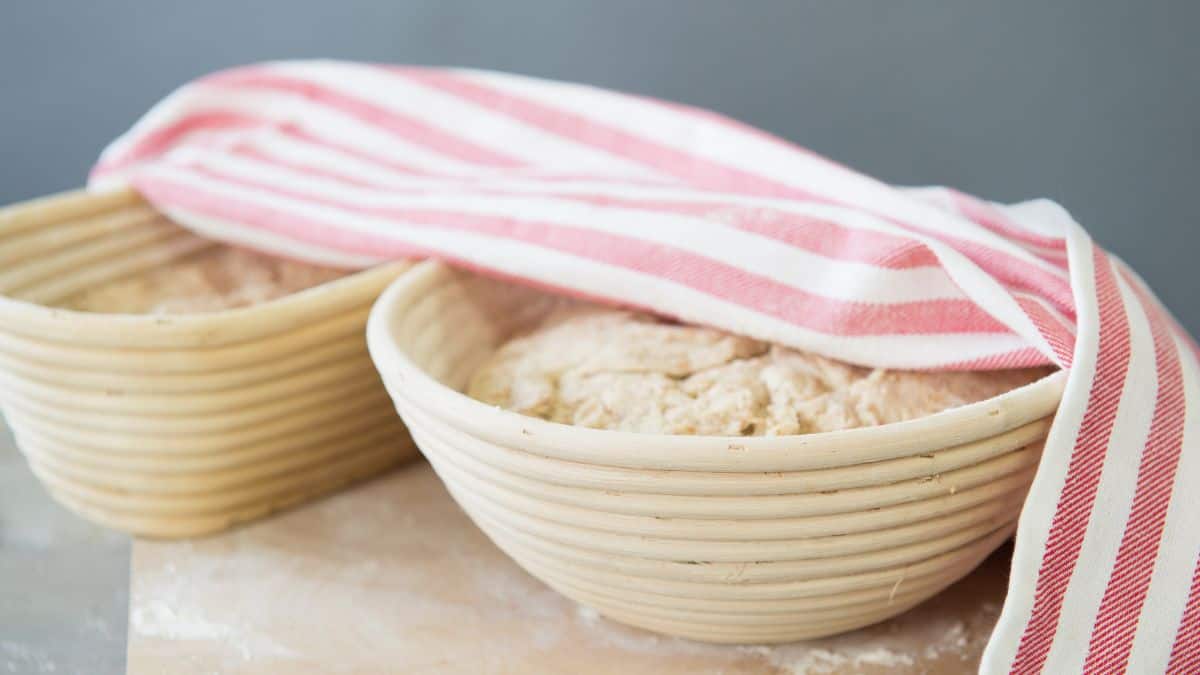
The container you use for proofing your dough can impact its shape and rise. Beginners might use containers that are too large or too small, affecting the final loaf. Use a container that fits the size of your dough and provides enough room for it to expand.
Over-Kneading or Under-Kneading the Dough
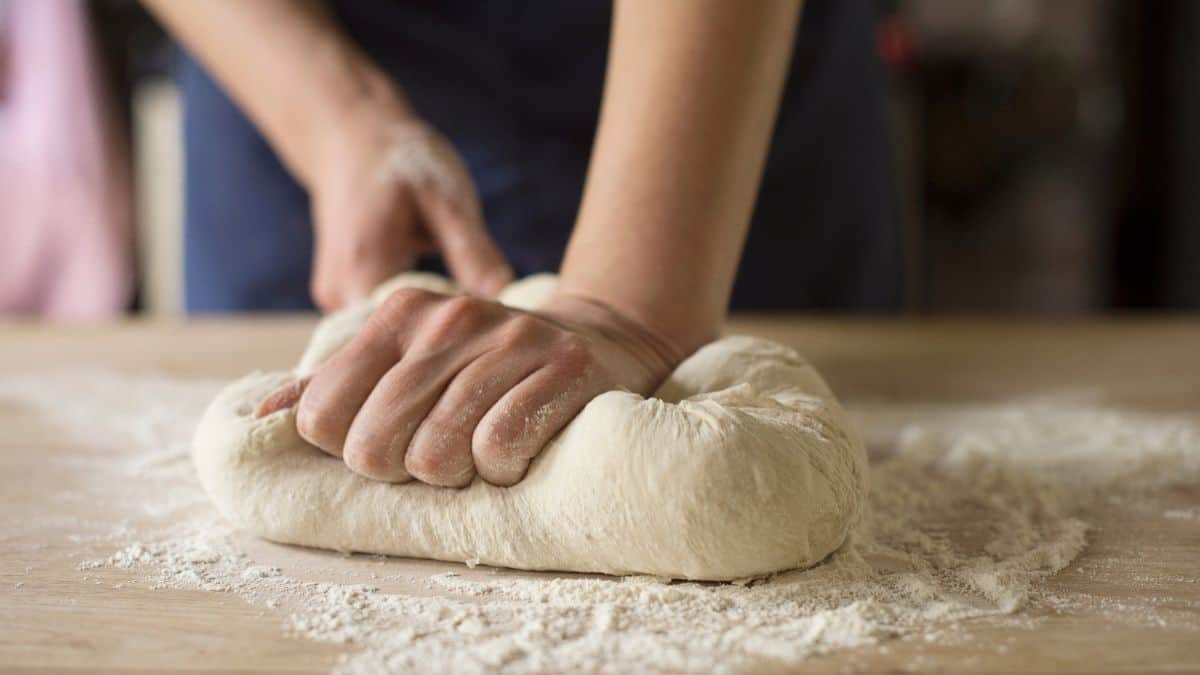
Kneading is important for gluten development, but it’s easy to over-knead or under-knead. Over-kneading can make the dough tough while under-kneading can result in a weak structure. Aim for a dough that’s elastic and smooth but not overly tough.
Not Letting the Dough Rest Enough
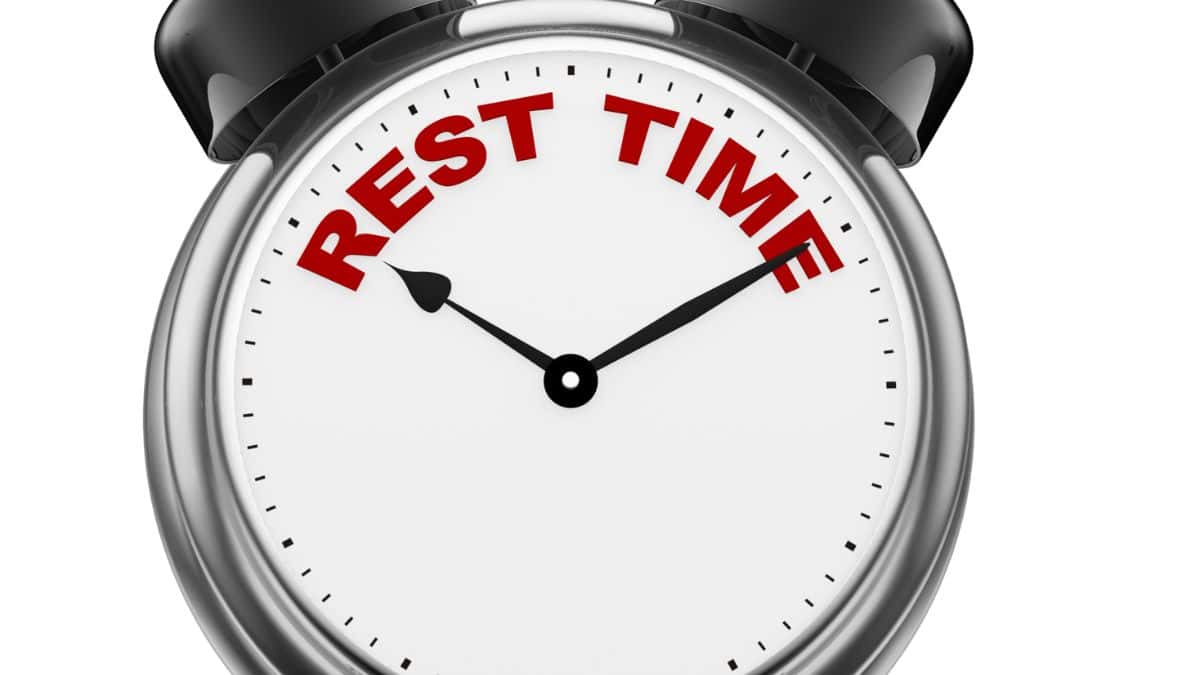
Resting the dough is crucial for developing flavor and texture. Beginners might not allow enough rest time, leading to a dense loaf. Ensure you give the dough ample time to rise and develop before baking.
Using Old or Inactive Starter
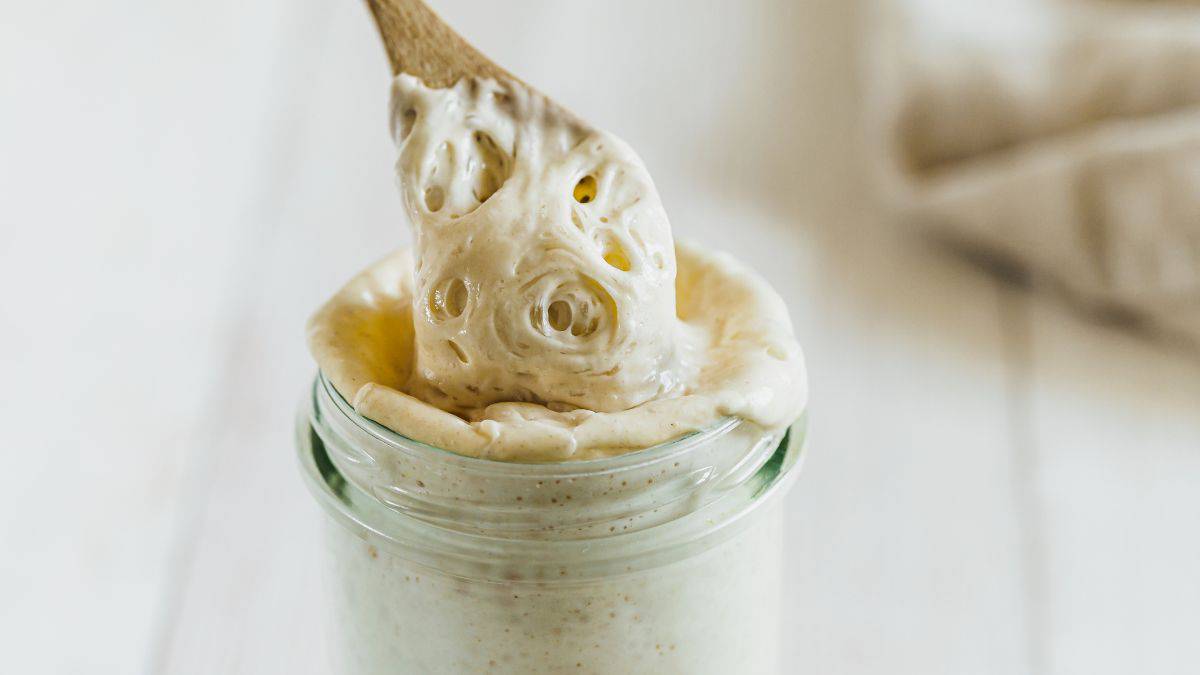
An old or inactive starter can lead to poor fermentation and flat bread. Regularly refresh your starter and check its activity before using it. A healthy, active starter is essential for a successful sourdough loaf.
Not Adjusting for Environmental Conditions
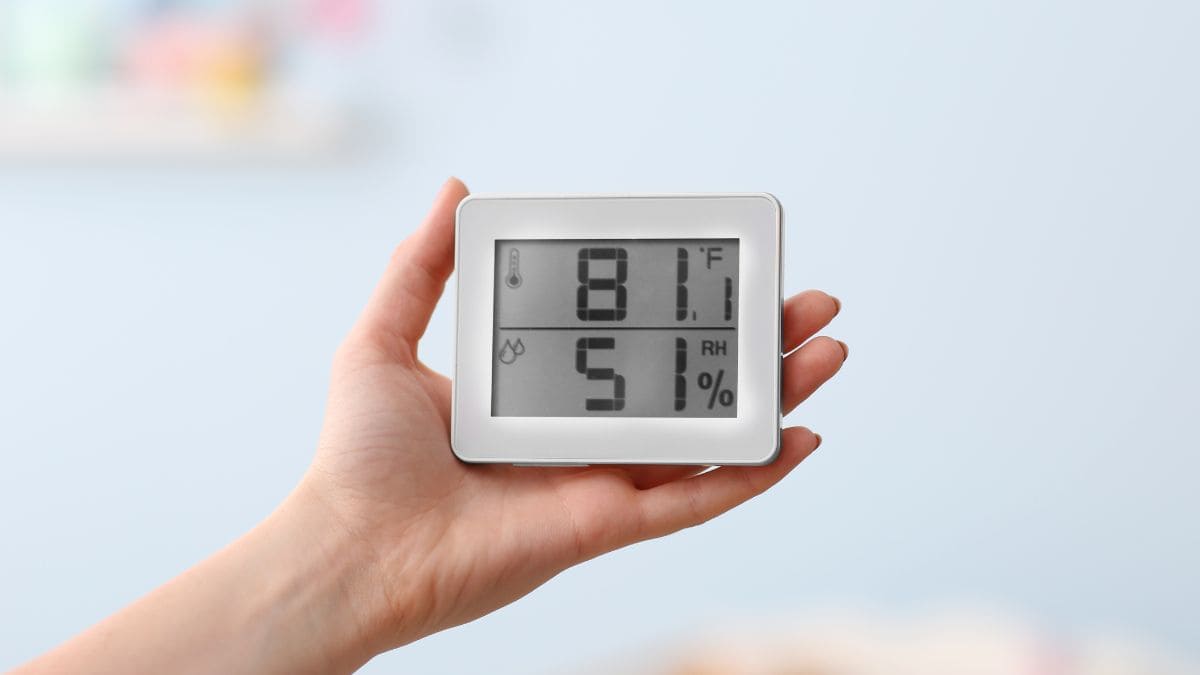
Factors like humidity and temperature can affect dough behavior. Beginners might not adjust their techniques based on these conditions, leading to inconsistent results. Pay attention to your kitchen environment and adjust hydration and fermentation times as needed.
Giving Up Too Soon

Sourdough baking requires patience and practice. Beginners might become discouraged after a few failed attempts. Remember, each bake is a learning opportunity. Keep experimenting and refining your technique to improve your results over time.
